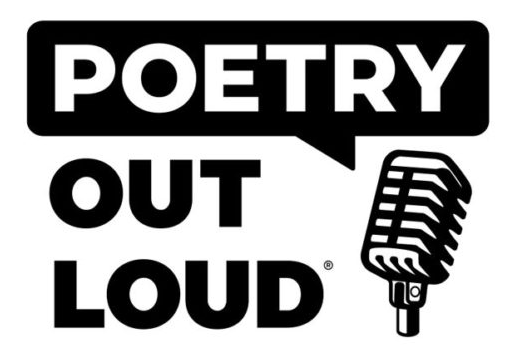Over 11 million innocent people lost their lives during the Holocaust. With a number this big, it’s hard to wrap your mind around such a statistic.
However, there is no better way to get a better understanding of these hardships than to visit the Holocaust Museum in St. Petersburg. Here, the museum uses original artifacts, historical photographs, and documents to focus on the stories of local survivors.
As a member of the sophomore class, I had a chance to visit the museum last Wednesday, March, 27. As all tours go, we started on the first floor where we heard stories about the victims and their families. We looked at many photographs and artifacts from the Holocaust, including one of the original boxcars that was used to transport hundreds of people to concentration camps. Next, we made our way up to the second floor where we viewed contemporary artwork on the Holocaust featuring artists such as Judith Evan Goldstein and William Pachner.
At the end of the day when our tours were over, our class gathered on the third floor to hear from a Holocaust survivor. Unfortunately, the Holocaust survivor, who was supposed to speak, wasn’t able to be there that day. However, we were pleasantly surprised to listen to a speech from a Tuskegee airman who just so happened to be visiting the museum.
At such a rare opportunity, he shared with us his story of racism growing up. Even though we didn’t have much time with him, his words on discrimination tied together with us not only the Holocaust, but with racism and prejudice throughout the world today.
Philosopher George Santayana said that “those who cannot remember the past are condemned to repeat it,” but through history, heritage and hope, learning about the horrors of the past can help prevent future genocides from happening.










